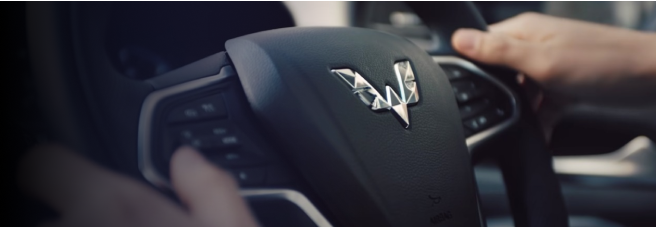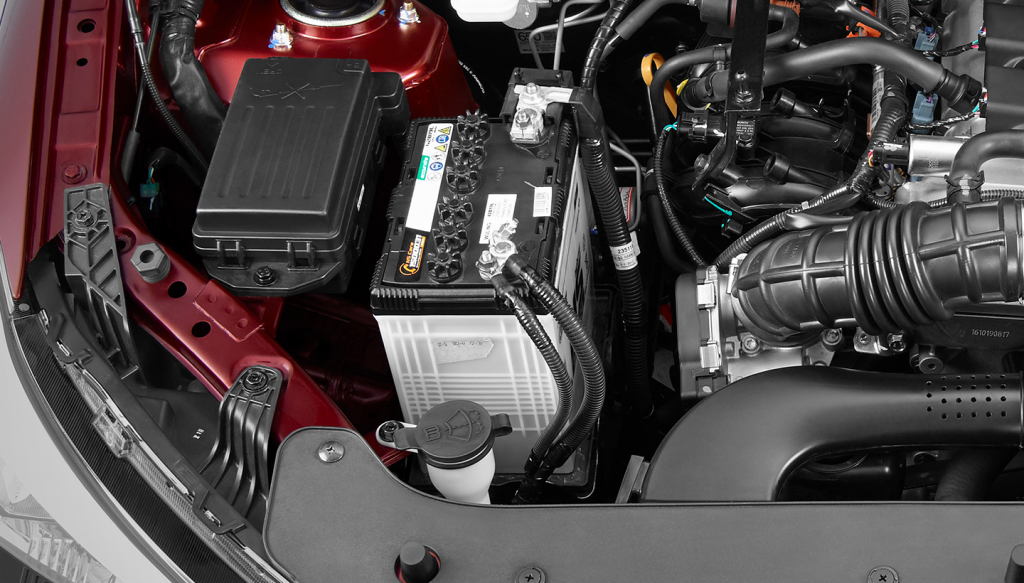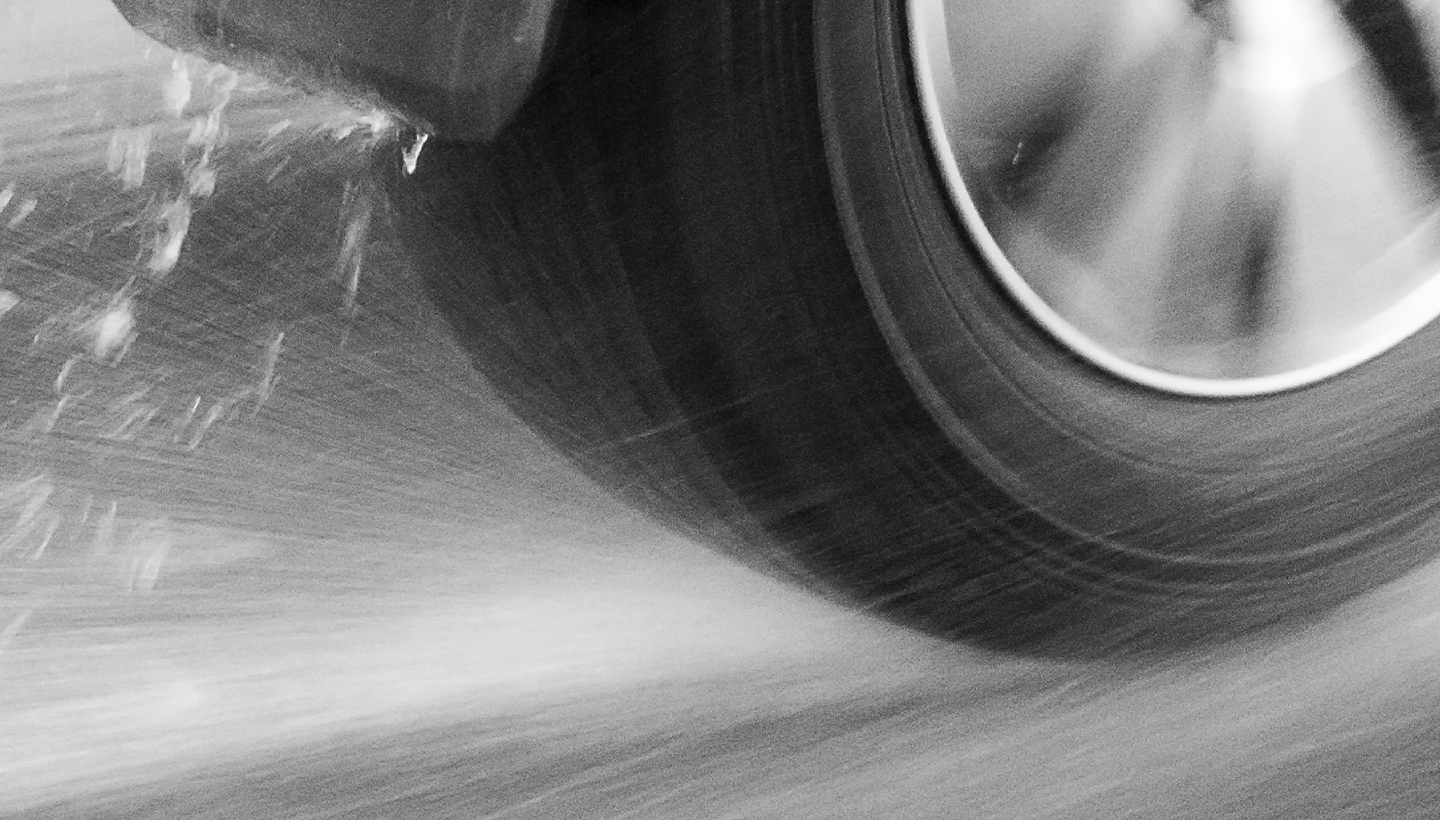
Driving in rainy weather carries its own set of risks, especially when navigating through water puddles and flooded roads. One particular risk is aquaplaning, a condition where a vehicle's tires lose traction due to the presence of water, leading to a loss of control.
While aquaplaning incidents may not be frequent, they should be vigilantly considered to avoid potential accidents in the future. Accidents of this nature typically occur when all four tires lose their grip while driving on wet roads. Therefore, it's crucial to remain cautious on the road, especially during adverse weather conditions, and reduce speed for safety.
Here's an in-depth explanation of aquaplaning, covering its causes and effective prevention methods.
What is Aquaplaning?
Aquaplaning in a vehicle occurs when tires lose their grip, resulting in a loss of control over the vehicle. This situation commonly arises when a vehicle traverses a water-covered road surface, caused by either rain or flooding.
It's essential to note that aquaplaning isn't limited to high water levels due to bad weather but can also occur with minimal water puddles. Additionally, aquaplaning can be triggered by water splashed by other vehicles on the road. Some may refer to this phenomenon as hydroplaning.
Therefore, it's crucial to understand that aquaplaning isn't exclusively associated with significant water levels. This phenomenon can manifest in various conditions, including light water puddles crossed at high speeds.
Beware of Aquaplaning on Toll Roads
Several accidents on toll roads are attributed to aquaplaning, leading to single-vehicle accidents and skidding that result in collisions. Toll roads, being high-speed routes, are frequently traveled at high speeds by drivers.
Baca Juga
Not all sections of toll roads can be dry or free of water during the rainy season and floods. Therefore, drivers must stay vigilant while driving on toll roads in such situations. It's advisable to avoid or reduce speed to prevent aquaplaning and potential skidding.
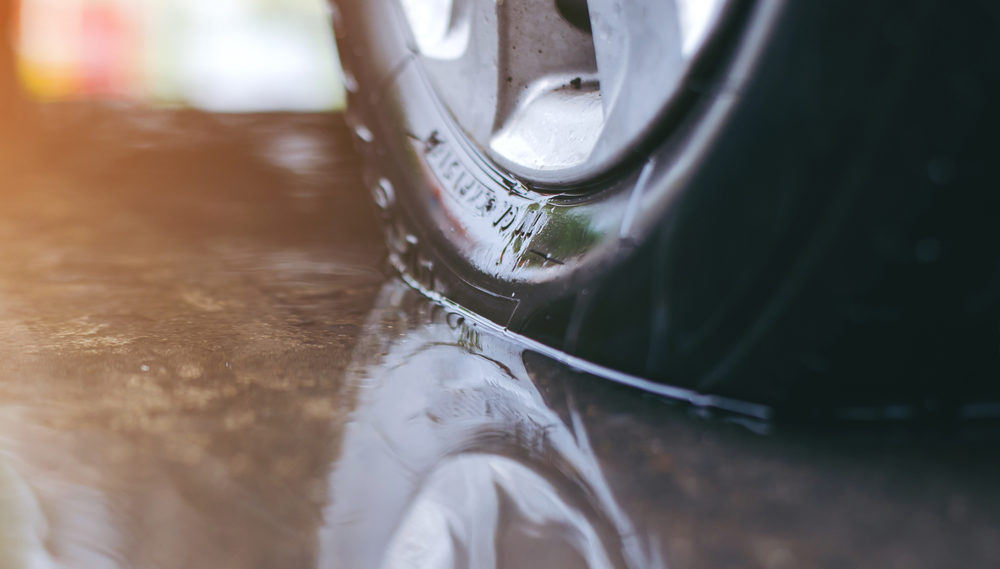
Signs of a Vehicle Experiencing Aquaplaning
To identify whether a vehicle is experiencing aquaplaning, several signs can be observed:
- First, there is the sudden loudness of the vehicle engine, which can serve as an indication. This phenomenon occurs because the engine is exposed to a heavy water puddle, causing an increase in temperature and producing a louder noise.
- Second, noticeable changes in the gear clutch, even without changing gears, give the impression that the car is accelerating faster. It's as if the car is being driven aggressively by adding gears.
- Third, the sensation of the vehicle feeling lighter is another characteristic, attributed to the significant water pressure capable of lifting the car. The rear part of the car on its sides might also feel like it's floating. This condition is commonly known as fishtailing.
Causes of Car Aquaplaning
Aquaplaning occurs due to the formation of a layer separating the road surface from the vehicle's tires, resulting in a temporary loss of contact between the tires and the road surface. This happens when tires traverse a section of the road covered with water, where the presence of a separating layer is the primary cause.
In general, tires always maintain contact with the road due to the vehicle's weight. However, underneath the vehicle, there's a space that receives airflow as the vehicle moves forward. This airflow creates lift, which increases with the vehicle's speed.
This lift makes it challenging for the vehicle's tires to stay in direct contact with the road surface, creating a floating sensation. Meanwhile, water has a viscosity that slows down its flow, causing some water to be trapped under the tires and form a thin layer.
This thin layer prevents the tire tread from directly contacting the road surface, leading to a loss of traction. When this happens, drivers often don't notice it quickly, as aquaplaning events occur rapidly, sometimes within seconds, posing a risk to the vehicle's control. Losing control of a vehicle, especially at high speeds, can jeopardize the safety of the driver and passengers.
Baca Juga
Given the potential danger of driving on water-covered roads, it's crucial to pay attention to tire pressure conditions. Often considered trivial by some, maintaining optimal tire pressure is a critical factor in preventing accidents.
Many modern cars are equipped with advanced features like the Tire Presure Monitoring System (TPMS), as seen in the Wuling Alvez, to check tire conditions and avoid aquaplaning.
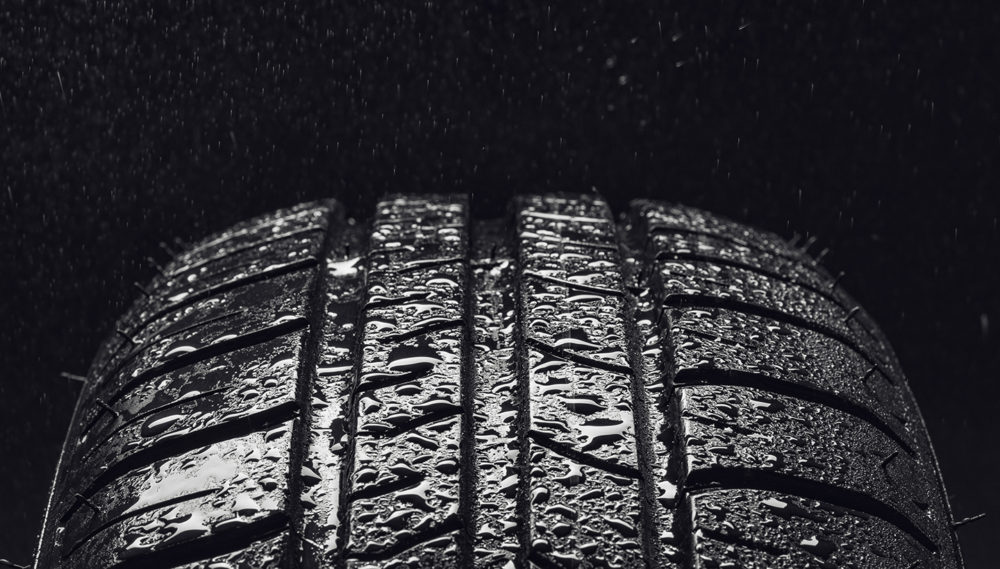
How to Avoid Aquaplaning
The potential danger of aquaplaning on the road is significant. To prevent accidents and ensure safety for drivers and passengers, consider implementing the following measures:
-
Regular Tire Pressure Checks
To prevent aquaplaning, it's advisable to periodically check tire pressure. Maintaining the recommended tire pressure reduces the risk of losing control, especially when traversing wet roads.
-
Adjust Speed According to Road Conditions
During heavy rainfall, visibility decreases and braking distance increases. Therefore, it's wise to reduce vehicle speed. Adjusting speed in such conditions effectively reduces the overall risk of aquaplaning, where all four tires lose their grip.
-
Deactivate Cruise Control Mode
If the cruise control mode is active, it's recommended to deactivate it to gain manual control of the vehicle. This is crucial in situations that require quick responses to changing road conditions.
-
Look Far Ahead
By directing your gaze well ahead, you can anticipate significant water puddles along the roadside. This action helps prevent aquaplaning by providing enough time to respond and avoid potentially waterlogged areas.
Dealing with Aquaplaning
After understanding the potential dangers of aquaplaning, driving at a moderate speed and remaining vigilant allows the driver to stay safe. Always prioritize safety while driving, adhere to traffic rules, and avoid endangering yourself and others.
If you are experiencing aquaplaning while driving on the highway, make sure to remember to follow these steps. There's no need to panic or worry, but it's essential to maintain composure for clear thinking.
- First and foremost, it's crucial not to panic in such situations. Panicking will likely hinder self-control, increasing the risk of an accident in a short period of time
- Secondly, ensure a firm grip on the steering wheel and keep the vehicle in a straight position when facing aquaplaning conditions. The ability to control the vehicle is key to dealing with such situations.
- As for the third step, gradually apply the brakes. Controlled and gradual braking can reduce the likelihood of tire skidding, providing extra control in managing potential hazards.
- Finally, in the fourth step, gradually release pressure on the gas pedal. Driving on a wet road surface requires extra caution, as significant water pressure can lift the vehicle.
After understanding the dangers of aquaplaning, driving at a moderate speed and staying vigilant will enable the driver to stay safe. Always prioritize safety while driving, adhere to traffic rules, and avoid endangering yourself and others.
SHARE:












